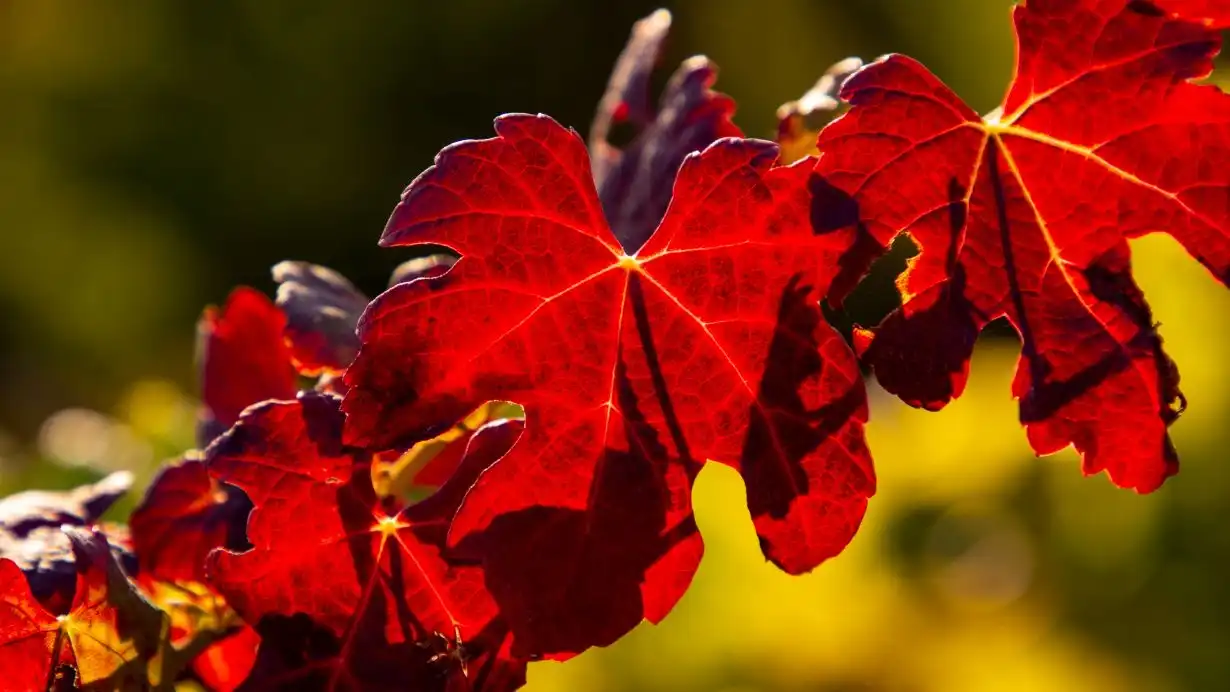Rising sea levels due to climate change and artificial irrigation cause soil salinity to increase. This has a negative impact on agriculture, including viticulture. The plants die, yields decrease. Researchers of Karlsruhe Institute of Technology (KIT) have therefore studied a wild grapevine of higher salt tolerance. Their goal is to identify the genetic factors that make the grapevine resilient. They can then be inserted into commercial varieties, thus securing viticulture. Findings are reported in Plant Physiology.
Climate change increases the need for artificial irrigation of agricultural areas. When water evaporates, however, salts remain in the upper soil layers and increase the plant’s stress. This makes the yields decrease and can lead to plant death. To protect viticulture from these impacts of climate change, KIT researchers work on identifying genetic factors that make the grapevine more resilient. “Actually, grapevine is adapted well to drought. At first glance, irrigation-caused salt should not represent a big problem,” says Professor Peter Nick from KIT’s Joseph Gottlieb Kölreuter Institut for Plant Sciences (JKIP). “However, drier and hotter summers increase the need for additional irrigation.”
Metabolism Increases Salt Tolerance of Wild Grapevine
Grapevines are among the plants with a moderate salt sensitivity. When the salt concentration exceeds a certain threshold value, however, functioning of membranes and proteins is impeded and the plant stops transpiration, i.e. evaporation via the leaves. Sodium and chloride ions, i.e. salts, enrich in the leaves. A few days after the start of the stress period, the leaves die. A wild grapevine called “Tebaba” that grows in the Atlas Mountains has a much higher salt tolerance. It continues to grow, although salt from the ground enters its leaves.
To gain insight into the physiological and metabolic processes, including photosynthesis, researchers compared Tebaba with a rootstock widely used in the Mediterranean. “We slowly increased the salt stress to simulate an irrigated vineyard,” Nick says. “We found that Tebaba does not sequester sodium in the root, but reorganizes its metabolic response in the presence of sodium. We assume that its salt tolerance cannot be attributed to a single genetic factor, but results from favorable metabolic fluxes that are mutually supportive.” Metabolic processes in leaves turned out to be more stable and no harmful substances form. As a result, wild grapevine can use its resources for photosynthesis and prevent the cell walls from collapsing.
Crossing with Other Species Might Increase Salt Tolerance
In viticulture, it is common practice to graft grapevines. This means that the shoots of highly fruit-bearing species are placed onto rootstocks of highly robust species to make them more resilient to drought or pests. According to the study, it would not be reasonable to use Tebaba as a rootstock, as salt tolerance is not caused by the root, but by the leaves. “We therefore recommend introgression of Tebaba’s genetic salt tolerance factors into commercial varieties by natural crossing. This should be accompanied by molecular biology analyses,” Nick summarizes the results. “That is how we may succeed in adapting the grapevine – the fruit plant with the highest yield per area worldwide – to the impacts of climate change.”
Read the paper: Plant Physiology
Article source: Karlsruhe Institute of Technology
Image: Autumn leaves of wild grapevine that grows on salty soil. KIT researchers studied how that works. Credit: Maren Riemann, KIT.






